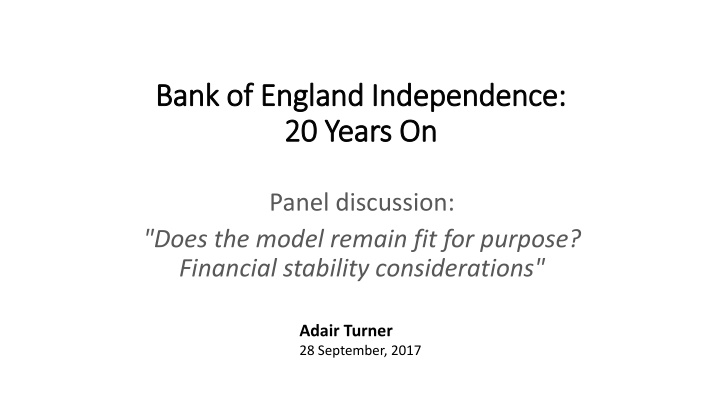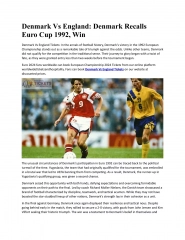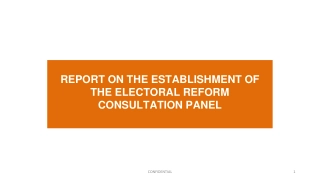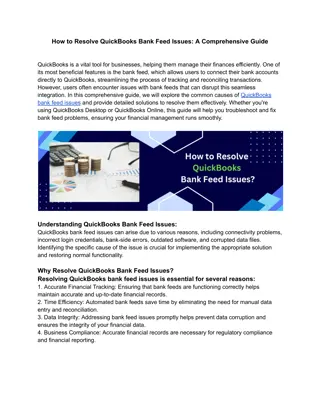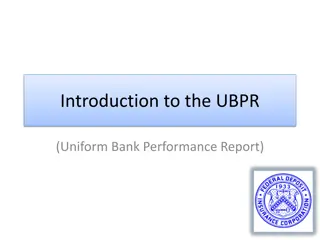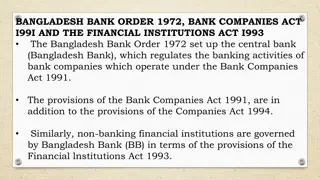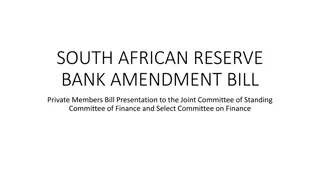Bank of England Independence: 20 Years On Panel Discussion
Panel discussion on the 20th anniversary of the Bank of England's independence, focusing on the model's relevance for financial stability. The event featured insights from Adair Turner and highlighted considerations such as private domestic credit, US debt, public rescue costs, advanced economy growth, credit supply, and real estate lending trends.
Download Presentation

Please find below an Image/Link to download the presentation.
The content on the website is provided AS IS for your information and personal use only. It may not be sold, licensed, or shared on other websites without obtaining consent from the author.If you encounter any issues during the download, it is possible that the publisher has removed the file from their server.
You are allowed to download the files provided on this website for personal or commercial use, subject to the condition that they are used lawfully. All files are the property of their respective owners.
The content on the website is provided AS IS for your information and personal use only. It may not be sold, licensed, or shared on other websites without obtaining consent from the author.
E N D
Presentation Transcript
Bank Bank of England Independence: of England Independence: 20 Years 20 Years On On Panel discussion: "Does the model remain fit for purpose? Financial stability considerations" Adair Turner 28 September, 2017
Private domestic credit as a % of GDP: Private domestic credit as a % of GDP: Advanced Advanced economies 1950 economies 1950 2011 2011 Source: Financial and Sovereign Debt Crises: Some Lessons Learned and Those Forgotten, C. Reinhart & K. Rogoff, 2013 1
US debt as a % of GDP by borrower type US debt as a % of GDP by borrower type 300% 250% 200% 150% 100% 50% 10% 1965 1929 1935 1941 1947 1959 1971 1977 1983 1990 1996 2002 2007 1953 Source: Oliver Wyman 2
Estimates of cost of public rescue Estimates of cost of public rescue % of GDP IMF Global Financial Stability Review April 2009 UK Office of Budget Responsibility April 2017 IMF Fiscal Monitor October 2014(*) 12.7% -0.5% 9.1% 8.0% 1.2% ~ (*) US estimate at 4.5% gross; 4.9% recoveries to date. UK estimate at 10.5% gross; 2.6% recoveries to date 3
Advanced economy growth per capita 1997 Advanced economy growth per capita 1997- -2016 2016 % per annum 3 2.5 2 1.5 1 0.5 0 1997-07 2007-16 US UK Euroarea Japan 4
Credit Credit supply supply or demand? or demand? Abundant credit available at very low interest rates, but minimal demand in a balance sheet recession Japan 1990s: Largest falls in consumption in countries with most overleveraged households with consequent falls in business investment and borrowing (Mian and Sufi, 2014) US 2009 10: Tripartite discussions with banks abut why not lending but low utilisation of committed overdraft facilities and Bank Credit Conditions Survey shows low demand for business output far more important than links to credit supply UK 2009 12: Targeted LTRO offers 400bn four year money at 0.1% - banks borrow 80bn Eurozone Sep 2014: 5
Share of real estate lending in total bank lending Share of real estate lending in total bank lending 60% 50% 40% Percentage 30% 20% 10% Source: The Great Mortgaging , Oscar Jord , Moritz Schularick and Alan Taylor, 2014) 6
Credit and asset price Credit and asset price cycles: upswing cycles: upswing 7
Global debt continues to rise Global debt continues to rise Debt as % of GDP Debt as % of GDP End-2007 End-2010 End-2013 End-2016 Source: Bank for International Settlements 87th Annual Report, 2017 8
More radical use of macro More radical use of macro- -prudential levers prudential levers Bank capital ratios significantly higher than Basel III requirements and focussed Not just on financial system resilience But also on constraining total real economy leverage Countercyclical capital requirements applied Not just to prevent credit growth above trend But to constrain leverage level above optimal Higher risk weights for real estate lending Set by macro-prudential regulator to prevent macro-economic risks Not by internal models to reflect probability of default 9
Differentiated central bank funding schemes Differentiated central bank funding schemes Funding for lending scheme (FLS) with incentives for lending skewed towards SMEs Targeted LTRO: for non-mortgage bank lending 10
